Rear-view mirrors are important safety tools, but [Mike Kelly] observed that cyclists (himself included) faced hurdles to using them effectively. His solution? A helmet-mounted dual-mirror system he’s calling the Mantis Mirror that looks eminently DIY-able to any motivated hacker who enjoys cycling.
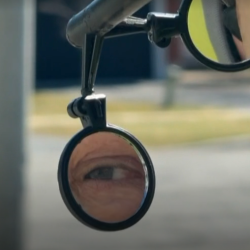
Carefully placed mirrors eliminate blind spots, but a cyclist’s position changes depending on how they are riding and this means mirrors aren’t a simple solution. Mirrors that are aligned just right when one is upright become useless once a cyclist bends down. On top of that, road vibrations have a habit of knocking even the most tightly-cinched mirror out of alignment.
[Mike]’s solution was to attach two small mirrors on a short extension, anchored to a cyclist’s helmet. The bottom mirror provides a solid rear view from an upright position, and the top mirror lets one see backward when in low positions.
[Mike] was delighted with his results, and got enough interest from others that he’s considering a crowdfunding campaign to turn it into a product. In the meantime, we’d love to hear about it if you decide to tinker up your own version.
You can learn all about the Mantis Mirror in the video below, and if you want to see the device itself a bit clearer, you can see that in some local news coverage.
Continue reading “A Dual Mirror System For Better Cycling Safety”



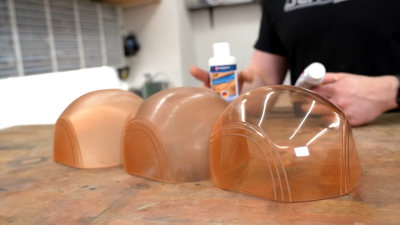

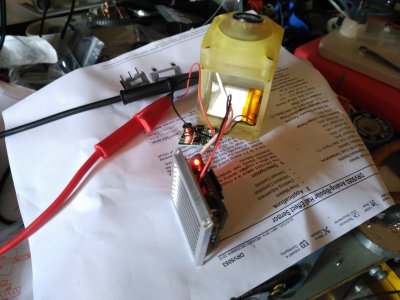

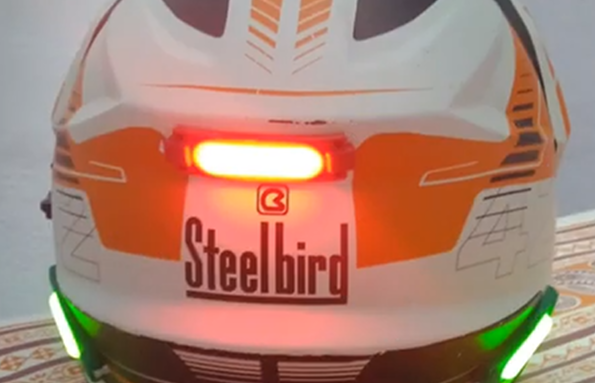
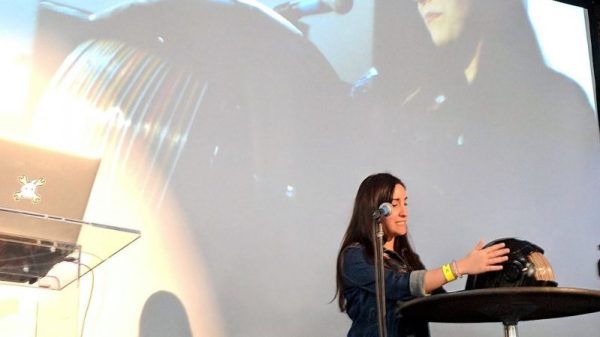
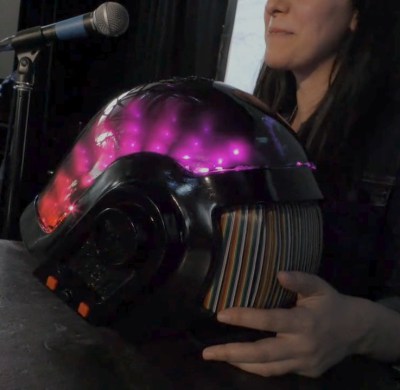 The three videos in her series are worth watching to see what she put herself through. Estefannie’s learning curve was considerable, and there were times when nothing seemed to work. The thermoforming was particularly troublesome — first too much heat, then not enough, then not enough vacuum (pretty common hurdles from other thermoforming projects we’ve seen). But the finished visor was nearly perfect, even if it took two attempts to tint.
The three videos in her series are worth watching to see what she put herself through. Estefannie’s learning curve was considerable, and there were times when nothing seemed to work. The thermoforming was particularly troublesome — first too much heat, then not enough, then not enough vacuum (pretty common hurdles from other thermoforming projects we’ve seen). But the finished visor was nearly perfect, even if it took two attempts to tint.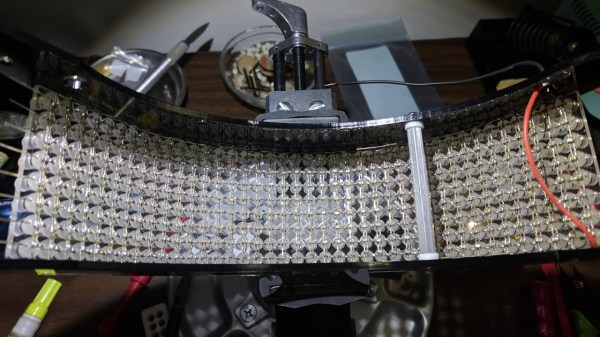
 The iconic robot helmets of Daft Punk feature prominently as challenging DIY hardware projects in their own right, and the results never disappoint. But [Nathaniel Stepp]’s
The iconic robot helmets of Daft Punk feature prominently as challenging DIY hardware projects in their own right, and the results never disappoint. But [Nathaniel Stepp]’s  After the whole array was assembled and working, the back of each LED appears to have then been carefully coated in what looks like Plasti-Dip in order to block light, probably to minimize the blinding of the wearer. A small amount of space between each LED allows the eyeballs inside the helmet to see past the light show in the visor.
After the whole array was assembled and working, the back of each LED appears to have then been carefully coated in what looks like Plasti-Dip in order to block light, probably to minimize the blinding of the wearer. A small amount of space between each LED allows the eyeballs inside the helmet to see past the light show in the visor.









